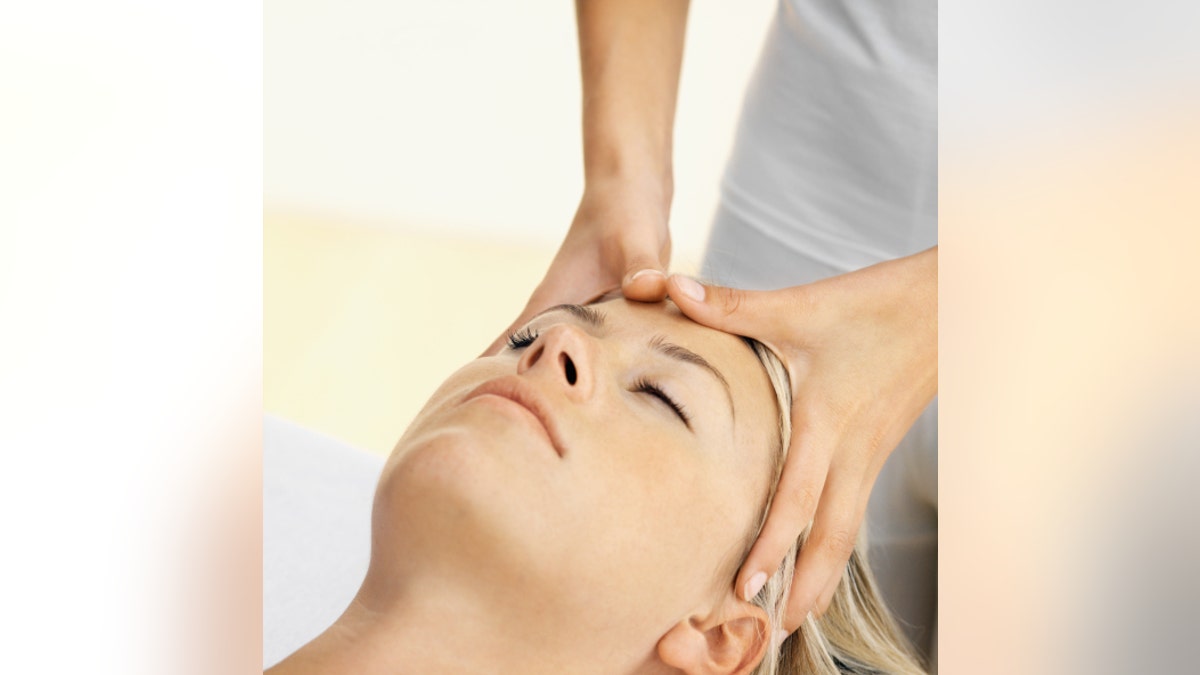
Close up of a woman receiving a head massage ((c) Stockbyte)
While massage may have developed a reputation as a decadent treat for people who love pampering, new studies are showing it has a wide variety of tangible health benefits.
Research over the past couple of years has found that massage therapy boosts immune function in women with breast cancer, improves symptoms in children with asthma, and increases grip strength in patients with carpal tunnel syndrome. Giving massages to the littlest patients, premature babies, helped in the crucial task of gaining weight.
Related: Is massage better than OTC pain relievers?
The benefits go beyond feelings of relaxation and wellness that people may recognize after a massage. The American College of Physicians and the American Pain Society now include massage as one of their recommendations for treating low back pain, according to guidelines published in 2007.
New research is also starting to reveal just what happens in the body after a massage. While there have long been theories about how massage works -- from releasing toxins to improving circulation -- those have been fairly nebulous, with little hard evidence.
Now, one study, for example, found that a single, 45-minute massage led to a small reduction in the level of cortisol, a stress hormone, in the blood, a decrease in cytokine proteins related to inflammation and allergic reactions, and a boost in white blood cells that fight infection.
There has been a surge of scientific interest in massage. The National Center for Complementary and Alternative Medicine, part of the National Institutes of Health, is currently spending $2.7 million on massage research, up from $1.5 million in 2002. The Massage Therapy Foundation, a nonprofit organization that funds massage research, held its first scientific conference in 2005. The third conference will be in Boston next year.
The research is being driven, in part, by massage therapy's popularity. About 8.3 percent of American adults used massage in 2007, up from five percent in 2002, according to a National Health Statistics report that surveyed 23,393 adults in 2007 and 31,044 adults in 2002, the latest such data available. Massage was expected to be a $10 billion to $11 billion industry in 2011 in the US, according to estimates by the American Massage Therapy Association, a nonprofit professional organization.
"There is emerging evidence that [massage] can make contributions in treating things like pain, where conventional medicine doesn't have all the answers," said Jack Killen, NCCAM's deputy director.
The massage therapy field hopes that the growing body of research will lead to greater insurance coverage for its treatments. Washington is the only state that requires insurers to cover massage therapy.
Click here to read more on this story from the Wall Street Journal.
